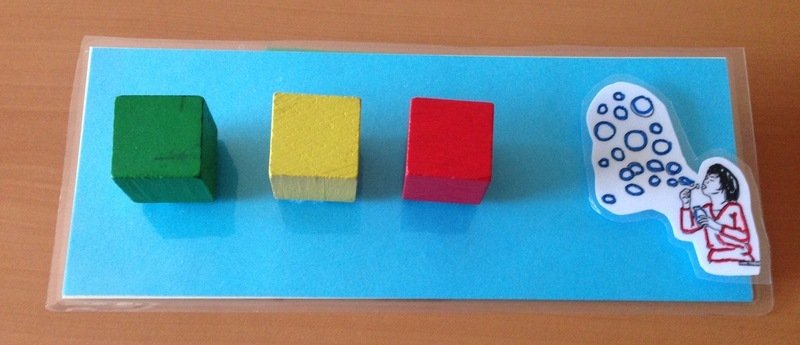What to Do When Your Child Just Doesn’t Respond
Ellie was so excited! She had just finished learning about a more compassionate, yet firm approach to discipline with her son Milo, who was born with Down Syndrome. Having been raised herself with punishment and negative consequences, Ellie was thrilled to have found a new way to respond to Milo’s frequent outbursts and oppositional behavior that didn’t resort to time-outs and spankings. It didn’t take long, though, for Ellie to feel deflated as Milo’s behavior almost seemed to worsen as she changed her approach. Whether it was time to pick up toys or get ready to leave the house, Milo seemed to resist every transition with his arms crossed, a loud grunt, and furrowed brows. She had tried offering choices and giving him a useful way to help. But Milo was having none of it! And of course, it was at a time when Ellie really needed him to go with the flow so that they could move on to the next thing. All of that inspiration and energy she felt suddenly disappeared as she knew they had to get out the door, but could see that Milo was going nowhere.
How are you supposed to get your child to cooperate when it feels like you’ve tried everything, but he still doesn’t respond? Let’s talk through some options.
Give a Warning
Simply tell your child that he has “3 more minutes” and then it is time to put toys away, put shoes on, etc. Kids, just like adults, like to be told ahead of time what’s happening, especially when having to move away from a favorite activity. You can do this by just saying it or if your child needs more explicit instruction, try using a visual countdown board like this one, which makes the transition much clearer.
A special note: It can be really helpful to incorporate something fun for your child to do if transitioning away from a preferred activity to something else. Giving your child bubbles or a special toy reserved only for shopping trips can be a really helpful tool toward enticing them away from what they are doing.
Offer a Choice Then Follow Through with Action
If your child does not respond to the warning, then you can simply tell him, “It’s time to clean up now. You can put the toys away or I can help you. You decide.” Then follow through with calm and decisive action. I, personally, like to make silly sound effects as I move the toys slowly through the air and plop them in the container. Often times, this is enough to help your child have fun and maybe he will even imitate the sound you make as he tosses a toy in the bin. For getting out the door, it can be fun to ask if he wants to fly like a bird (assuming that you can lift your child in the air) or hop like a bunny to get to the car. Then help him do it.
Speak Softly and Act Calmly
Sometimes, no matter what you’ve tried, your toddler is just not going to cooperate, but you still have to move on. In that case, what may be required is to simply tell your child, “I see you couldn’t make a choice. I am going to help you.” Then calmly (and this is key, because if you are upset, this will not go well) and gently assist your child physically to move on. This could be physically prompting him to stand up and walk or it could mean lovingly picking him up and carrying him as he thrashes around and becomes upset. The fact of the matter is, sometimes no matter what you try, your child may not cooperate and he will need help in dealing with the disappointment (which is a skill that needs to be taught). So hold him and be bigger, stronger, wiser, and more kind as you help him deal with the disappointment.
Just because your child resists doesn’t mean that you’ll be stuck. By staying calm and giving fair warning, your child will learn to anticipate those transitions. By offering him a choice of how to participate, he will learn that he is capable of making choices and will feel more control in the situation. If he can’t make the right choice on his own, he knows that you will always be there to lovingly and firmly support him to do the right thing.
Photo courtesy of Lynn Friedman


